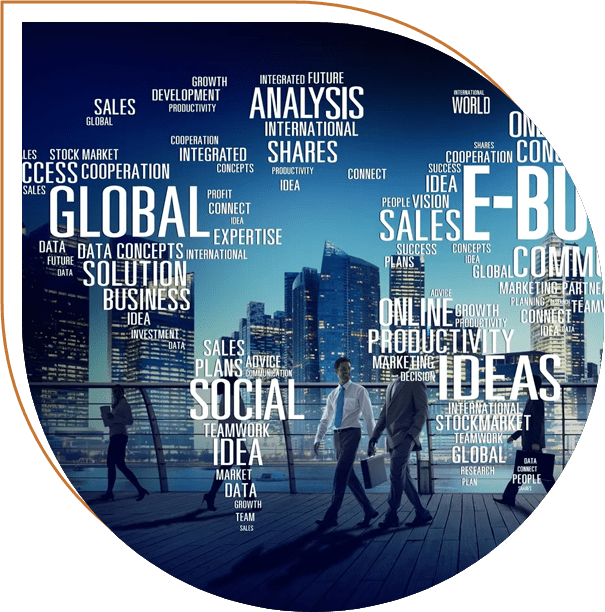
Change in the 21st Century is NOT Change-as-Usual
Discover what it means to be a transformation-capable enterprise in this 21st Century. Lead the paradigm shift from change-as-usual to unleashing and refining inherent capacities for profound evolution. Draw on insights from complexity science, organization and social psychology, leadership and organization development, philosophy, and our years of on-the-ground experience to help you navigate the unprecedented challenges of our time.
The Many Faces of Change
Not all changes are alike. Some changes merely skim the surface, while others involve operational overhauls that require project and program management. Many today go beyond these. They penetrate the core of an organization’s identity, demanding new organization designs and a collective shift in mindset and behavior.

Match Your Thinking and Actions to the Change Challenge

Navigating Transformation
If your organization struggles to keep pace with the rapid advancements in technology, you're not alone. Despite numerous "transformation" initiatives, statistics reveal a troubling reality: only 34% of planned changes meet leaders' expectations, with a troubling 50% ending in failure. Despite investments in new processes, structures, training, and change management activities, organizations continue to grapple with organization inertia, treating treat transformation challenges with traditional “change management (T1 and 2) methods. Transformation is a much different challenge that can only be nudged and unleashed.


Fostering Transformational Excellence
McLagan International has been deeply involved in organization change and transformation support work – in the trenches and at the top of organizations for a half-century. We no longer do large-scale and ongoing consulting projects. Rather, today, we focus on education and awareness, researching, writing about, and providing fee-based advisory assistance to executives to support T3 and T4 goals.
We’ll happily send you notices about new articles and transformation support material.
Gear Up for T4: The Self-Tranforming Enterprise
1. Understand Your Organization's Landscape
Begin by examining your organization's internal mental models and operational practices regarding change. This entails:
a) Identifying the nature of the change challenge at hand, whether it's transactional, transitional, transformational, or self-transforming.
b) Evaluating your organization's Developmental (Maturity) Stage and its current capacity for change.
c) Scrutinizing power dynamics and communication assumptions that shape the cultural boundaries and opportunities pertinent to the success of change initiatives.
2. Align Actions with Inherent Dynamics of Complex Social Systems
Based on insights into your organziaiton’s capabilities and strategies, decide what level of change support you need (from T-1 to T-3 and if your ultimate goal is a self-transforming enterprise, always include system-wide change-related skills upgrade in your overall strategy – not as an add on.
3. Continuously develop your understanding of transformational change dynamics and how to influence them
You’ll find articles and other support here. Or contact us to collaborate on T3 or T4 strategies.
